Performing CyberOps Using Core Security Technologies (CBRCOR) Questions and Answers
An engineer is utilizing interactive behavior analysis to test malware in a sandbox environment to see how the malware performs when it is successfully executed. A location is secured to perform reverse engineering on a piece of malware. What is the next step the engineer should take to analyze this malware?
Refer to the exhibit.

An engineer received a report that an attacker has compromised a workstation and gained access to sensitive customer data from the network using insecure protocols. Which action prevents this type of attack in the future?
Refer to the exhibit.
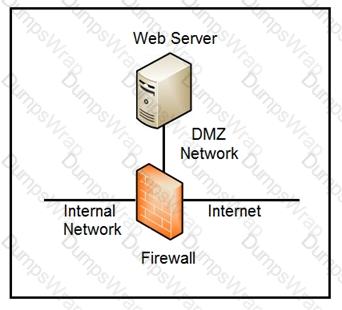
Which two steps mitigate attacks on the webserver from the Internet? (Choose two.)
A SIEM tool fires an alert about a VPN connection attempt from an unusual location. The incident response team validates that an attacker has installed a remote access tool on a user’s laptop while traveling. The attacker has the user’s credentials and is attempting to connect to the network.
What is the next step in handling the incident?
Engineers are working to document, list, and discover all used applications within an organization. During the regular assessment of applications from the HR backup server, an engineer discovered an unknown application. The analysis showed that the application is communicating with external addresses on a non- secure, unencrypted channel. Information gathering revealed that the unknown application does not have an owner and is not being used by a business unit. What are the next two steps the engineers should take in this investigation? (Choose two.)
A European-based advertisement company collects tracking information from partner websites and stores it on a local server to provide tailored ads. Which standard must the company follow to safeguard the resting data?
Drag and drop the NIST incident response process steps from the left onto the actions that occur in the steps on the right.
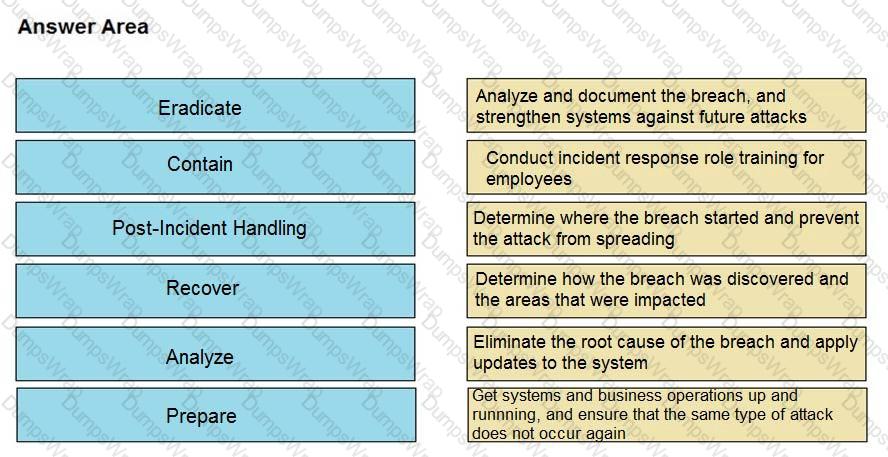
Refer to the exhibit.
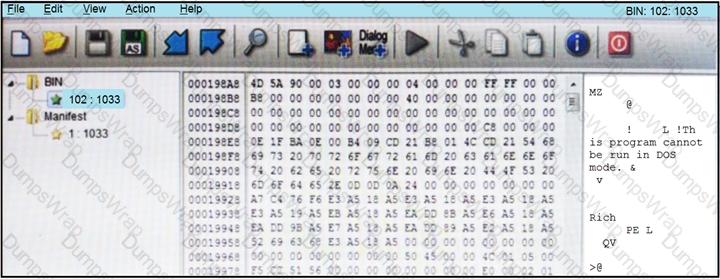
An engineer is reverse engineering a suspicious file by examining its resources. What does this file indicate?
The SIEM tool informs a SOC team of a suspicious file. The team initializes the analysis with an automated sandbox tool, sets up a controlled laboratory to examine the malware specimen, and proceeds with behavioral analysis. What is the next step in the malware analysis process?
A security expert is investigating a breach that resulted in a $32 million loss from customer accounts. Hackers were able to steal API keys and two-factor codes due to a vulnerability that was introduced in a new code a few weeks before the attack. Which step was missed that would have prevented this breach?
The physical security department received a report that an unauthorized person followed an authorized individual to enter a secured premise. The incident was documented and given to a security specialist to analyze. Which step should be taken at this stage?
Refer to the exhibit.
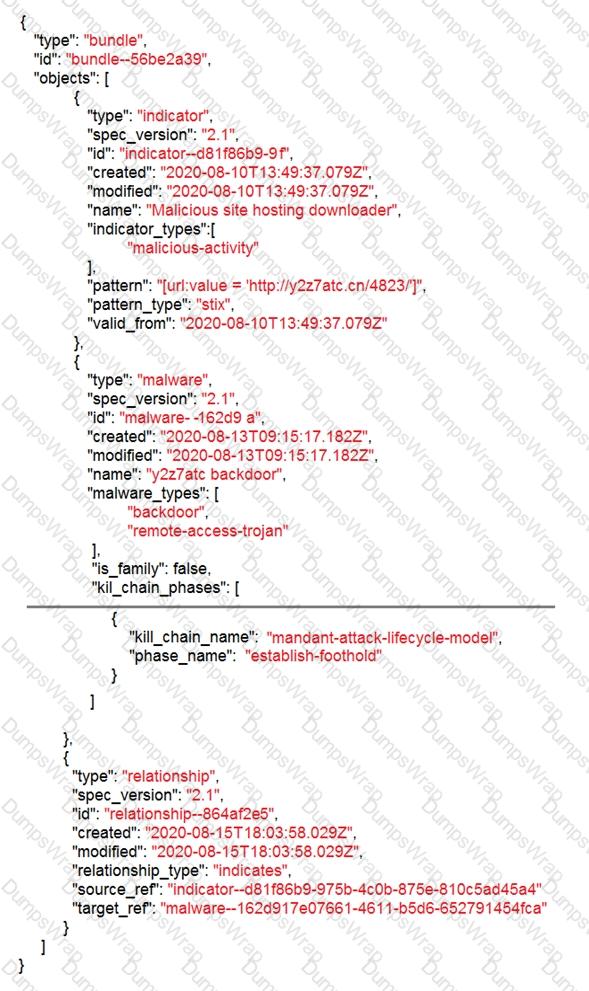
Which indicator of compromise is represented by this STIX?
Drag and drop the telemetry-related considerations from the left onto their cloud service models on the right.
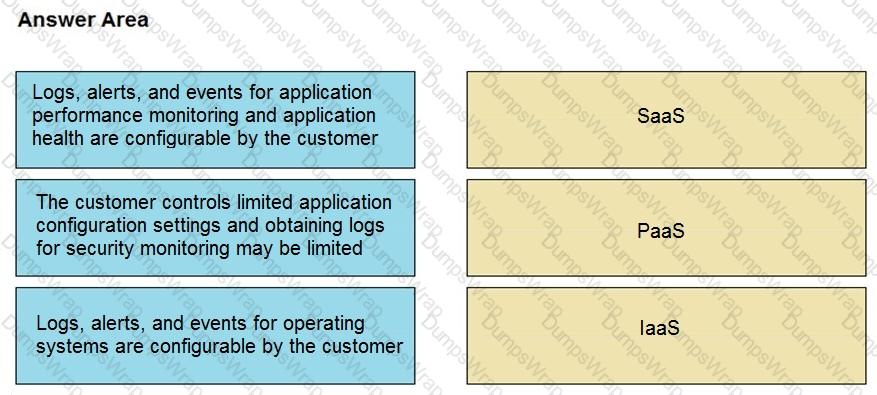
Drag and drop the type of attacks from the left onto the cyber kill chain stages at which the attacks are seen on the right.
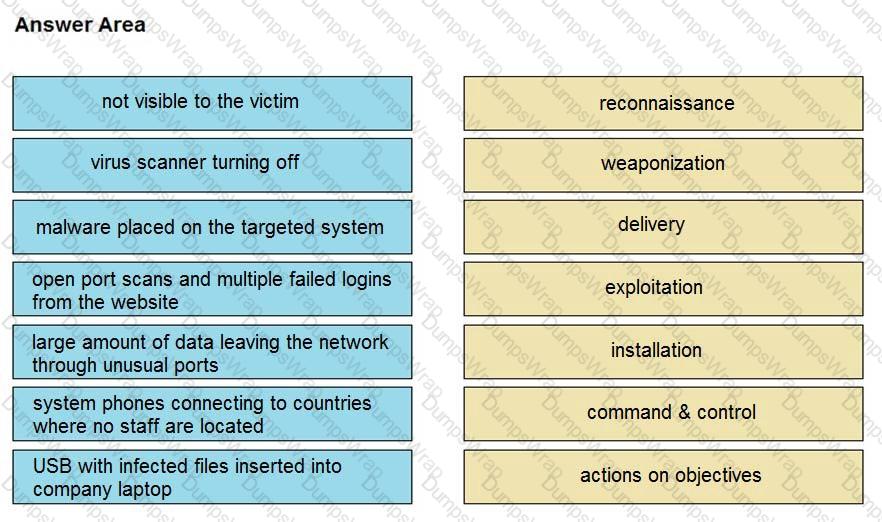
Refer to the exhibit.

Where does it signify that a page will be stopped from loading when a scripting attack is detected?



